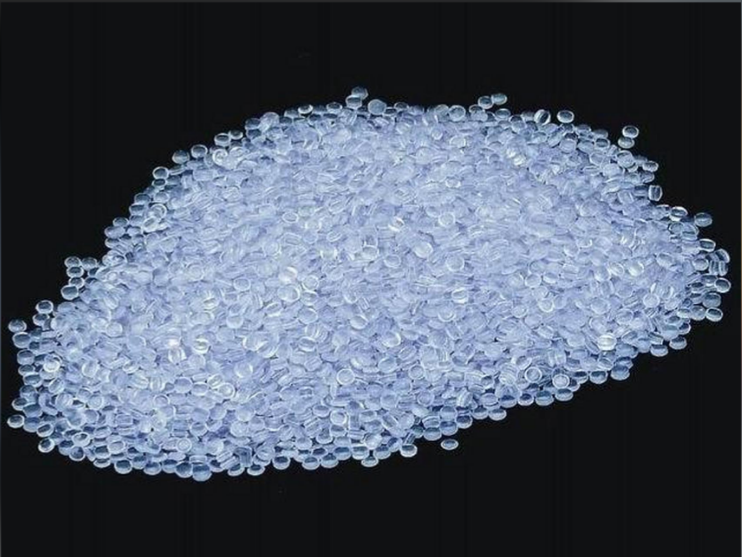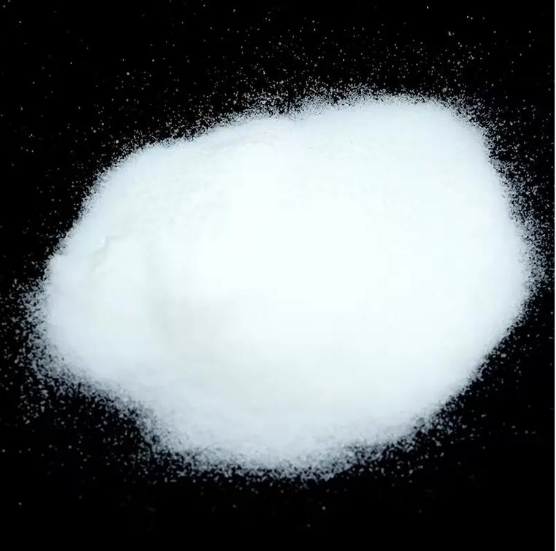Shanghai Gengyun Industrial Co., Ltd
Are the components of polyvinyl chloride (PVC) toxic?
PVC (polyvinyl chloride) itself is non-toxic, but chemicals such as plasticizers and stabilizers added during the production process may be harmful to human health. Whether it poses a hazard depends on the usage scenario, type of additive, and mode of contact. The risk of daily exposure to compliant PVC products (such as water pipes and building materials) is low, but high-temperature decomposition or long-term exposure to soft PVC containing phthalates (such as inferior toys and medical supplies) may release harmful substances.
1、 The Composition and Potential Risks of PVC
Basic Material 1
PVC resin is a high molecular weight polymer with stable chemical properties and is not prone to releasing harmful substances at room temperature. However, industrial PVC products require the addition of plasticizers (such as phthalates), heat stabilizers (such as lead salts), flame retardants, etc., which may pose health hazards.

Main risk source 2
Plasticizers: Soft PVC contains phthalates (such as DEHP), which may interfere with the endocrine system and affect reproductive development. The EU has restricted its use in children’s products.
High temperature decomposition: PVC combustion or exposure to high temperatures (>120 ℃) can release toxic substances such as hydrogen chloride gas and dioxins, which may cause respiratory irritation or cancer risk.
Heavy metal stabilizers: Stabilizers containing lead and cadmium may migrate to food or the environment through contact, causing long-term accumulation and damage to the nervous system.
2、 Common usage scenarios and security assessment
Security of compliant products 1
Building materials and pipelines: Hard PVC water pipes and building materials usually do not contain high-risk plasticizers, and products that meet national standards can be safely used.
Food packaging: Food grade PVC needs to undergo strict testing to ensure that it does not contain migratory harmful substances, but high-temperature heating (such as microwave ovens) should still be avoided.
High risk scenarios 2
Infant and toddler products: Poor quality PVC toys and pacifiers may contain excessive phthalates, which can be easily ingested by infants and toddlers when they bite.
In the medical field, some PVC infusion bags contain DEHP, and long-term infusion patients (such as dialysis) may face health risks, which are gradually being phased out by alternative materials.
Incineration treatment: Insufficient incineration of PVC waste can produce dioxins, which require professional equipment for treatment.
3、 How to reduce potential hazards

Daily usage suggestion 1
Avoid wrapping oily food with PVC plastic wrap or heating at high temperatures.
Choose environmentally friendly toys without phthalates and seek safety certifications such as GB 6675.
Strengthen ventilation after decoration to reduce the release of volatile organic compounds (VOCs) from PVC building materials.
Precautions for Special Groups 2
Pregnant women and infants should minimize their exposure to soft PVC products.
In medical settings, it is possible to proactively inquire about alternative devices for DEHP free.
4、 Regulations and alternative solutions
China’s GB 4806.7-2016 Has strict Restrictions on the types and Migration amounts of additives for PVC products in contact With food. The EU REACH regulation and the US CPSC both implement control over phthalates. At present, TPE (thermoplastic elastomer), silicone and other materials are gradually replacing PVC in children’s products and medical fields.
